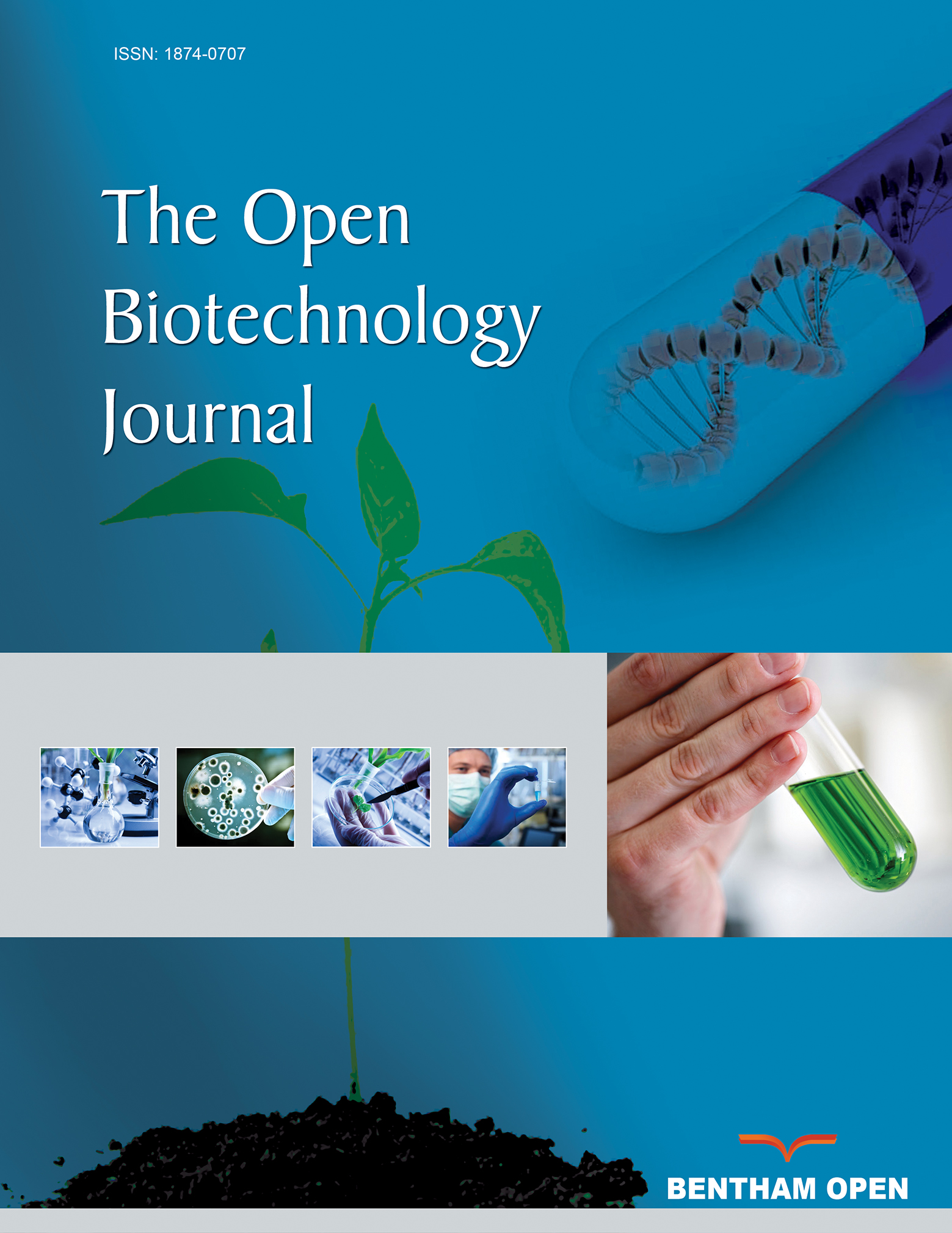All published articles of this journal are available on ScienceDirect.
Next-generation Sequencing in Newborn Screening: A Review on Clinical and Economic Prospects
Abstract
Next-generation sequencing (NGS) technology has revamped the area of genetics with improve the sequence of a substantial number of genes with high accuracy and short turn-around time. It may allow being used of NGS as a first-tier diagnostic test for inborn errors of metabolic or other genetic disorders. Early diagnosis of genetic disorders may help to improve the clinical condition of the child. The advantages of NGS included panel-specific gene sequencing, which targets disease-specific genes to confirm the genetic conditions. This review discussed the advantage and potential challenges of the NGS in newborn screening, other methodologies for newborn screening v/s NGS. The application of NGS in various disorders, in comparison to the clinical importance, and economic aspects of other existing technologies are also discussed. Gene-specific panels and whole exome sequencing have shortened the clinical diagnosis of complex medical conditions at an early age. Furthermore, gene sequencing facilitates to recognize the novel mutations. There are innumerable gaps in between knowledge, as well as the views of varied populations, abilities of public health, and health economics. DNA sequencing through NGS is nowadays frequently used in some clinical diagnoses, and its execution in newborn screening can provide us with better outcomes. Although inferences across the countries additional rigorous cost-effectiveness studies towards NGS have to be piloted and it is a favour to use NGS for newborn screening. In conclusion, NGS is a rapid, robust, and accurate diagnostic tool that can be used for newborn screening which helps the clinician to make a correct diagnosis and help in prior prevention and surveillance of disorder conditions.


